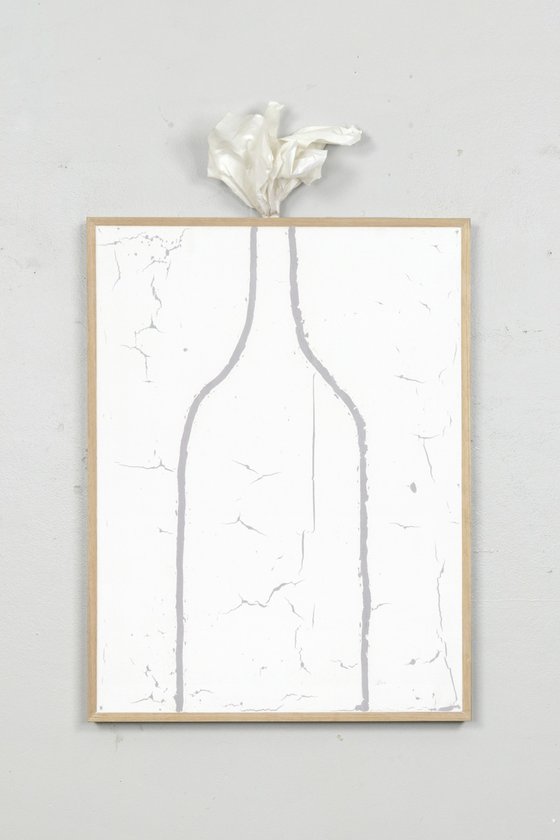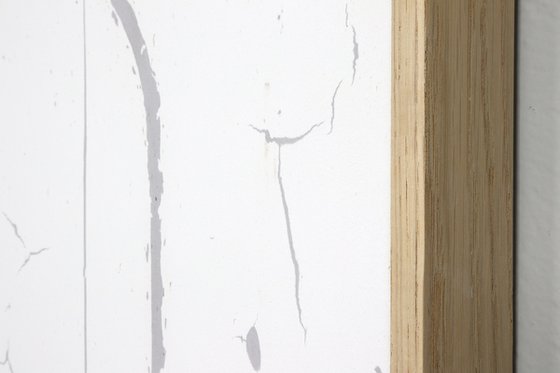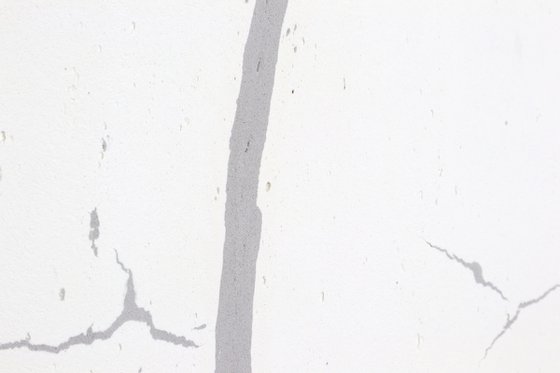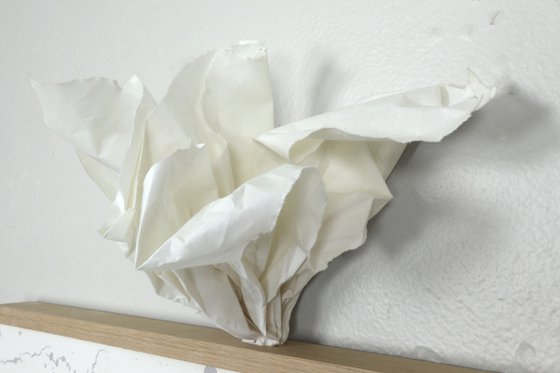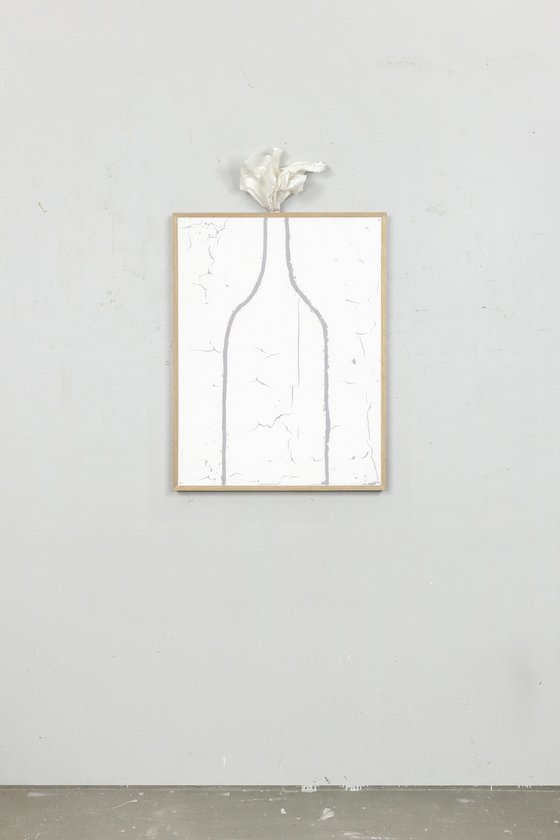- By medium
- By subject
- By budget
- Sales
- Gift cards
- Discover all art
- Artists
- Editors’ picks
- Ideas
Original artwork description:
Filler, oak panel, paper cloth
The top edge of the panel has a hole for a paper cloth.
Art is a container. Reality is the content.
To experience the world around us, we must understand it to a certain degree. We need to fit what we see into categories. A kind of linguistic container. Seeing and experiencing is a linguistic process. But language does not exist in itself. It exists only in the structure organising our sensations, or the form we give reality when speaking, writing or making images. Neither structure nor language exists without something physical and material. It is in this paradox that we find ourselves. Inside the container of language - which consists of nothing but its content.
Sometimes, the physical components of a linguistic statement are more powerful and prominent. A violent act may convey a message rather than cause harm or coerce the recipient into submission. Thus, despite the physical violence, it is highly symbolic.
Violence from a position of power is often described as maintaining law and order. It is thus given meaning, but it can also be perceived as mute or non-symbolic, i.e. it does not convey a message but is purely an exercise of power. In contrast, violence from a position of subordination is often referred to as terrorism or sheer madness. It is described as meaningless but is, on the contrary, more symbolic, as this type of violence usually has a message, e.g., a protest against the existing order, an expression of despair, or the preservation of dignity in a hopeless situation.
Materials used:
Filler on board, oak panel
Tags:
#abstract #painting #minimalism #filler #oak frame#492 Container (2023) Painting
by Johan Söderström
1 Artist Reviews
£1,283.55
- Painting on Panel / Board / MDF
- One of a kind artwork
- Size: 64 x 100 x 5cm (framed)
- Framed and ready to hang
- Signed on the back
- Style: Geometric
- Subject: Abstract and non-figurative
Loading
Original artwork description
Filler, oak panel, paper cloth
The top edge of the panel has a hole for a paper cloth.
Art is a container. Reality is the content.
To experience the world around us, we must understand it to a certain degree. We need to fit what we see into categories. A kind of linguistic container. Seeing and experiencing is a linguistic process. But language does not exist in itself. It exists only in the structure organising our sensations, or the form we give reality when speaking, writing or making images. Neither structure nor language exists without something physical and material. It is in this paradox that we find ourselves. Inside the container of language - which consists of nothing but its content.
Sometimes, the physical components of a linguistic statement are more powerful and prominent. A violent act may convey a message rather than cause harm or coerce the recipient into submission. Thus, despite the physical violence, it is highly symbolic.
Violence from a position of power is often described as maintaining law and order. It is thus given meaning, but it can also be perceived as mute or non-symbolic, i.e. it does not convey a message but is purely an exercise of power. In contrast, violence from a position of subordination is often referred to as terrorism or sheer madness. It is described as meaningless but is, on the contrary, more symbolic, as this type of violence usually has a message, e.g., a protest against the existing order, an expression of despair, or the preservation of dignity in a hopeless situation.
Materials used:
Filler on board, oak panel
Tags:
#abstract #painting #minimalism #filler #oak frame14 day money back guaranteeLearn more
